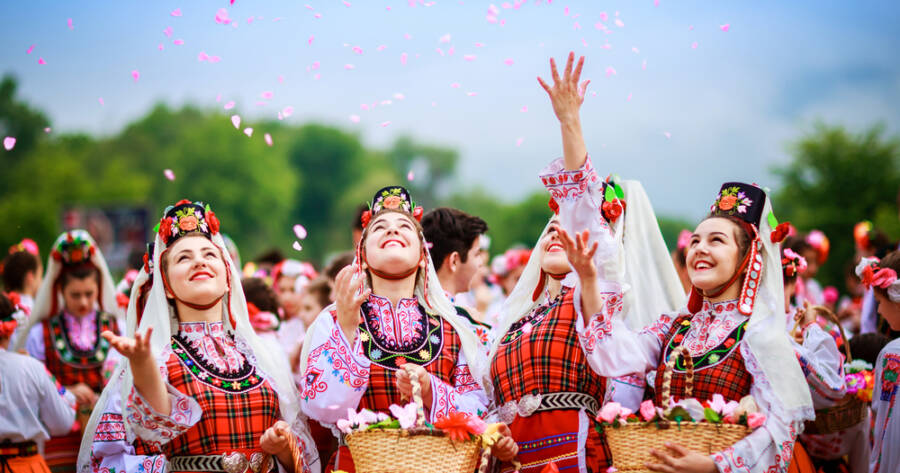Travelling through Europe is always an enriching experience, but timing your trip around local festivals and holidays can add a special kind of magic. Whether you’re drawn to music, food, tradition, or spectacle, Europe’s cultural calendar offers something in every season. Planning your route around key events gives you the chance to see cities at their most lively and authentic. With a bit of research and flexibility, you can build a multi-country itinerary full of unforgettable local moments.
Start with the Festivals, Not the Map
When planning a multi-country trip, it’s natural to think in terms of geography—north to south, or big cities first. But when your goal is to catch local festivals, it’s better to begin with the dates. Start by choosing the time of year you’ll be travelling, then look up major events happening in different countries during that period.
For example, spring may take you to Seville for Feria de Abril, while summer could lead to Croatia’s music festivals or Bastille Day in France. In autumn, Oktoberfest in Munich or the grape harvest festivals in Portugal and Italy become highlights. Winter is full of festive charm with Christmas markets in Germany, Austria, and beyond.
Once you’ve chosen two or three anchor events, you can begin shaping your route around them. Keep in mind that some festivals, especially those with religious origins, follow different calendars each year—so double-check your dates before committing to flights or accommodation.
Mix Well-Known Celebrations with Local Favourites
Europe is home to iconic festivals known around the world, like La Tomatina in Spain or Carnival in Venice. These draw huge crowds and offer high-energy experiences. However, some of the most memorable festivals are the smaller, regional ones that reveal the personality of a place.
Look out for village fairs, saint days, seasonal food celebrations, or regional music and dance events. For example, the Chestnut Festival in Corsica or the Rose Festival in Bulgaria might not be world-famous, but they offer an immersive cultural experience and fewer tourist crowds.
To discover these events, explore national tourism websites or check city calendars from local municipalities. Travel forums and European travel blogs often highlight lesser-known festivals with firsthand insights. If you’re visiting a region known for a particular product—like cheese, wine, or olives—there’s often a celebration dedicated to it somewhere on the calendar.
Account for Closures and Crowds
Planning your travels around festivals also means planning around local rhythms. National holidays, especially religious ones, can cause shops, museums, and public transport to operate on reduced schedules. In some places, such as Greece or Poland, Easter weekend means most businesses are closed. In others, like France during Bastille Day or Italy’s Ferragosto in August, cities may shut down almost entirely—or become overwhelmed with visitors.
Before finalising your travel dates, check whether a holiday might affect transport links or availability of services. Booking accommodation in advance is especially important when staying in festival cities, as local and international crowds can drive demand.
In contrast, festivals often bring temporary pop-up markets, food stalls, and cultural exhibitions. By planning smartly, you can make the most of these moments and avoid frustration. Travelling just before or after a major event can also allow you to enjoy the local atmosphere without the highest peak of activity.
Travel Light and Stay Flexible
One of the best things about planning a trip around festivals is the variety it brings. From dancing in the streets of Lisbon to tasting chocolate in Belgium, each event offers a new sensory experience. But this also means being prepared for changing schedules, large crowds, and unpredictable weather.
Keep your packing light and versatile. Comfortable walking shoes, layers, and a small day bag will serve you well whether you’re navigating cobblestone streets or standing for hours during a parade. If you’re travelling across several countries, consider regional rail passes or short-haul buses to keep your itinerary flexible. Apps like Rome2Rio and Omio can help you compare transport options easily.
Having a flexible route means you can adjust your plans if a festival gets cancelled, or if you fall in love with a smaller city and want to linger longer. This balance between structure and spontaneity is what makes multi-country festival travel so rewarding.
Celebrate the Journey, Not Just the Destination
Planning a multi-country trip around festivals is about more than ticking off places—it’s about participating in Europe’s living culture. Each celebration offers a glimpse into local traditions, values, and community spirit. You’re not just a tourist passing through; you’re sharing in joy, heritage, and rhythm with the people who call these places home.
Whether you follow the sound of music, the taste of seasonal dishes, or the flicker of lanterns on a holiday night, each event will leave its mark. By planning with intention and staying open to the unexpected, you’ll return not just with souvenirs, but with stories that dance in your memory for years to come.

